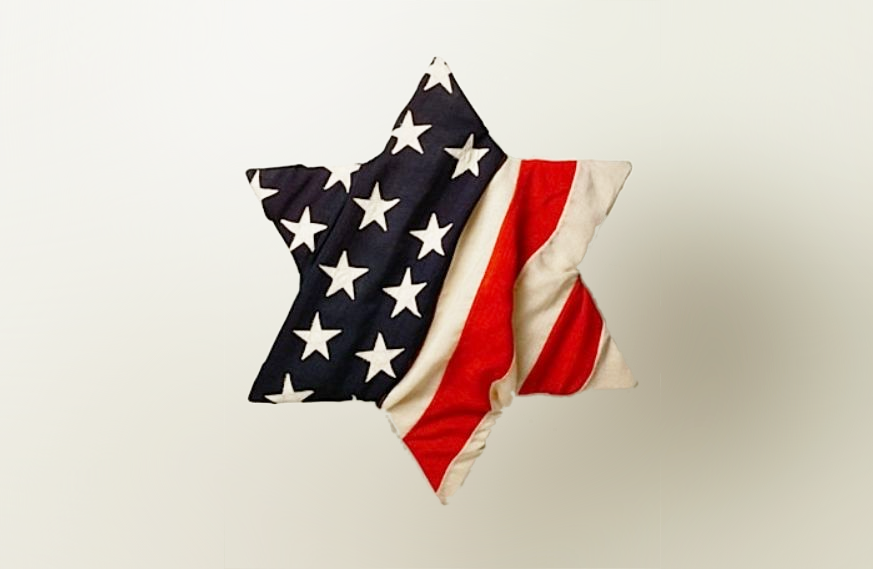
Overview
By encouraging students to learn about other cultures and ethnic groups, it not only helps those with different backgrounds feel included but also prepares students for success in our globalized and highly diverse world.
Like many other American ethnic groups, Jewish Americans are internally diverse. They differ in racial and physical appearance, ethnic subgroup, language, food and cultural traditions, religious observance, origins. At the same time, there is much that unites Jewish Americans, including their shared Jewish history, ancestry, values, sacred texts, religious rituals, traditions, celebrations, culture, and a sense of common peoplehood.
Examining how Jewish Americans have acculturated and assimilated as well as how Jews have been racially categorized can help students draw connections with other ethnic groups while deepening their own identities.
About the Lesson
Grade Level: 6-12
Our free lesson plan on Jewish Americans examines the bonds that unite Jewish Americans as an ethnic group, and the rich diversity that exists within the community. In addition, students will deepen their understanding of the multifaceted nature of identity across groups.
This lesson can be used in its entirety or in segments, depending on the course you teach, the focus of your overall topic, or the time frame (one or more class periods). For example, in an Ethnic Studies course, you may wish to focus on the iceberg activity, while a Human Geography course might focus more on the ‘identity, history, and experience’ activity.
Essential Questions
- How are Jewish Americans an ethnic group?
- What visible and invisible components make up each person’s unique identity?
- How do the multiple components that make up identity help us understand the diversity of Jewish Americans?
- What are key positive and negative experiences of Jewish Americans both historically and today?
Learning Objectives
Students will be able to:
- Explain how Jewish Americans are an ethnic group that is connected through a shared history, ancestry, culture, religion, sacred texts, and more.
- Understand that Jewish Americans are remarkably diverse in appearance, skin color, ethnic subgroup, and religious practice.
- Analyze the visible and invisible components of individual and group identities and make connections to their personal identities.
- Develop a better understanding of other people, cultures, and ethnic groups, how all groups have commonalities and differences within them, and the parallels that exist between Jewish Americans and other groups.
- Determine central ideas or information from primary and secondary sources.
Materials:
- Excerpts of I Am Jewish: Personal Reflections Inspired by the Last Words of Daniel Pearl (PDF)
- Excerpts of I Am Jewish: Personal Reflections Inspired by the Last Words of Daniel Pearl (Google Form Activity)
- Identity Iceberg Document (PDF )
- Identity Iceberg Document (Google Form Activity)
- Jewish American Diversity Fact Sheet (PDF)
- Jewish Americans: Identity, History, and Experience Fact Sheet (PDF)